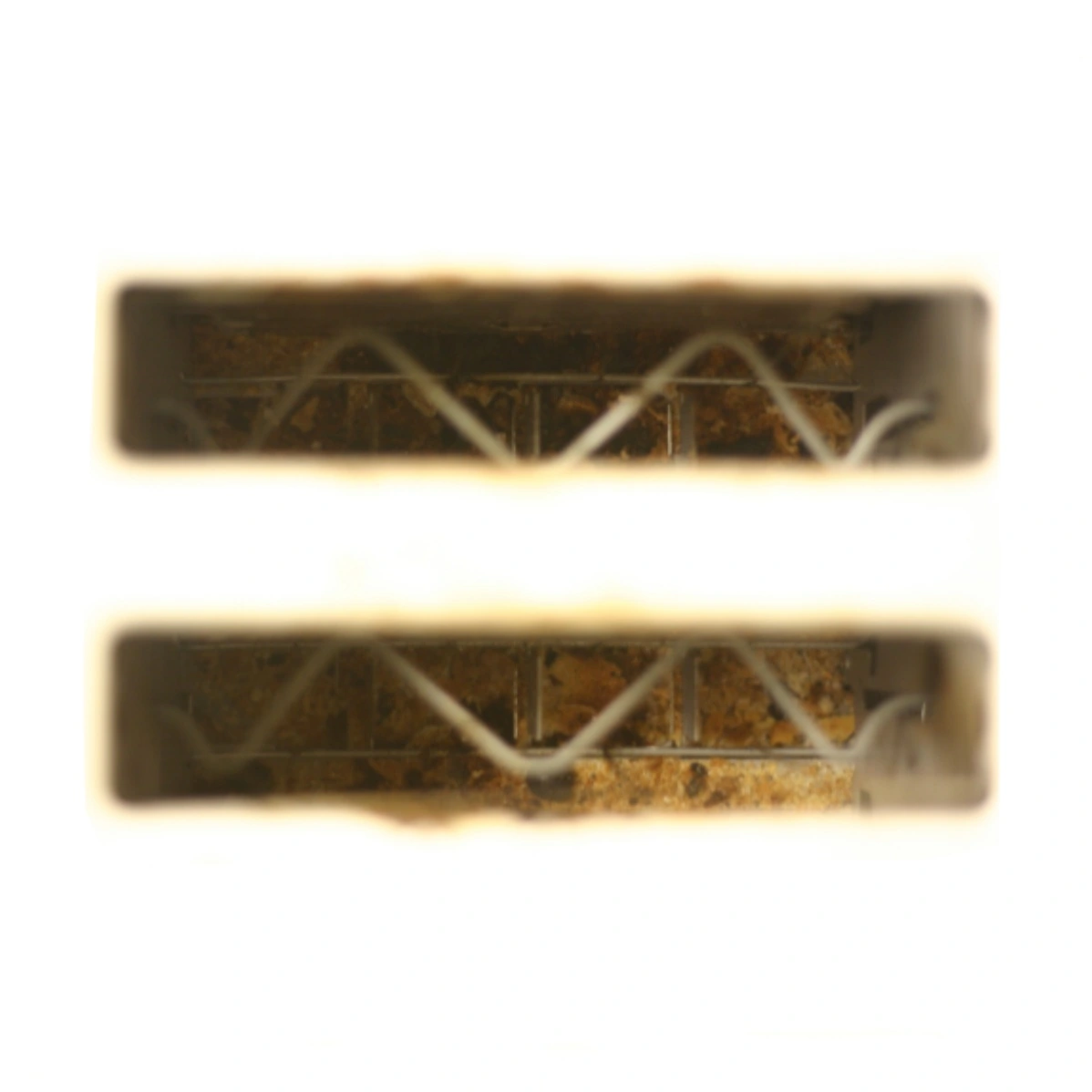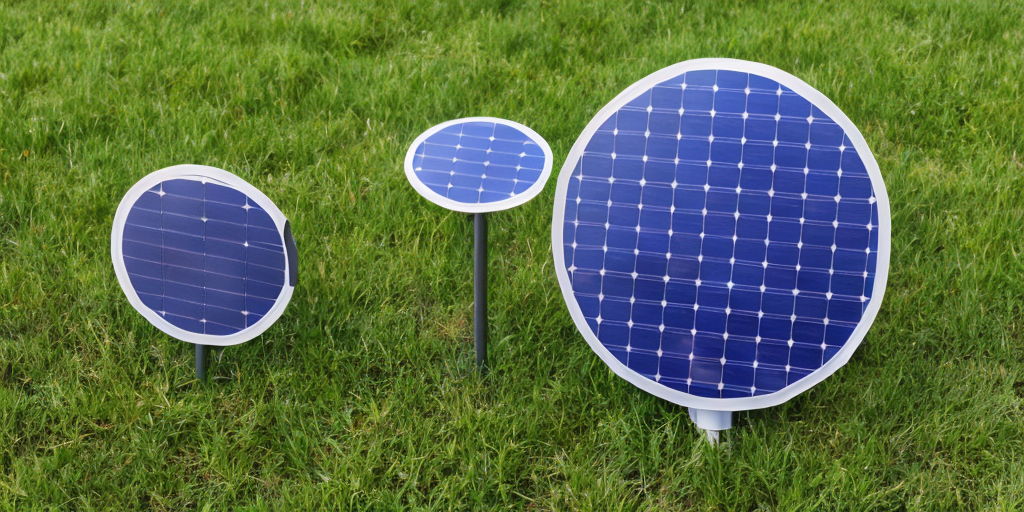Got a 700W “balcony” system. It steadily eats €20 off the monthly bill at the moment.
I’m assuming it’s one of the systems that plugs right into an outlet to synchronize with mains power?
I know those cut power if mains power goes down, but is there a built-in way to still use the panels for powering stuff not through the wall?
For example, if your power goes down, is there a socket on the inverter that you could plug your computer into or something like that?
Obviously, it wouldn’t be hard to just keep an extra inverter or a portable power station on hand, but I’m curious what the mainstream devices provide.
No, they only sync up to an existing network. It is more than sufficient for what it does.
Once we’ll put modules on the roof, we’ll add a battery and usage control. That would be a much bigger output with 30m^2 roof pointing south. There I will make sure to have an AC output, if only to keep heating or the freezer alive.
Those systems aren’t legal where I’m at (though hopefully soon), so I pretty much just have the opposite capability. I have panels that I can use to power devices and keep my refrigerator working if the power goes out, but 99.5% of the time, they aren’t doing anything.
A lot of them don’t have dedicated sockets on them to prevent you from back feeding power into the grid when it’s down. There’s nothing stopping Joe Schmo from getting a male to male cable and plugging that into his wall outlet and giving an electrical worker a nice zap. Gotta plan for the lowest common denominator when it comes to safety.


